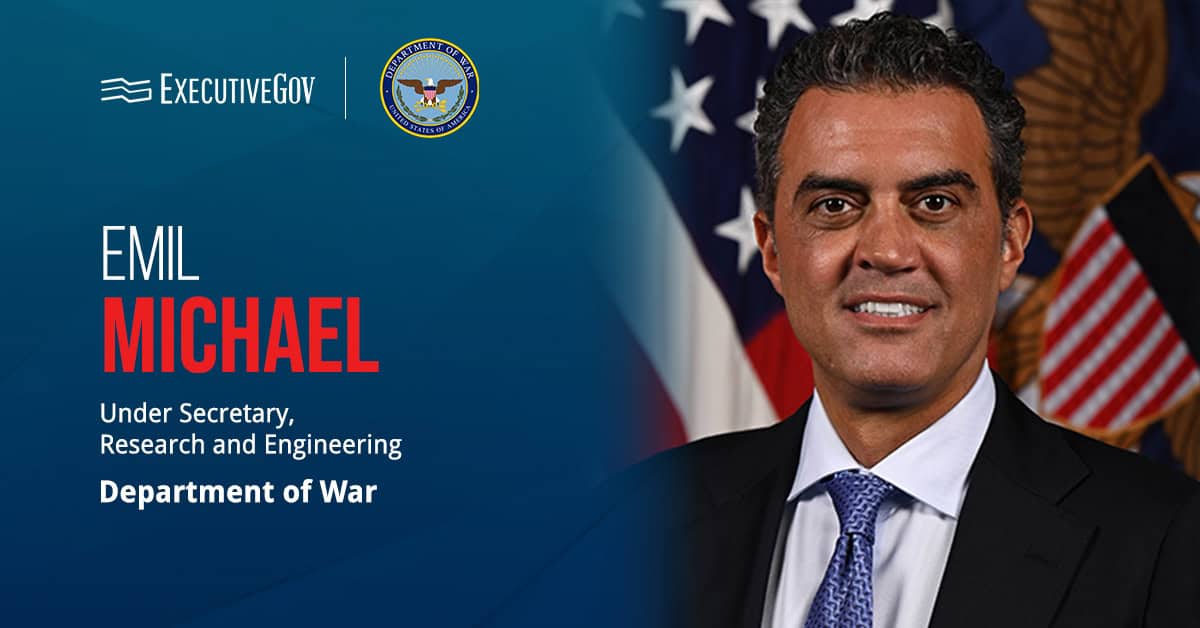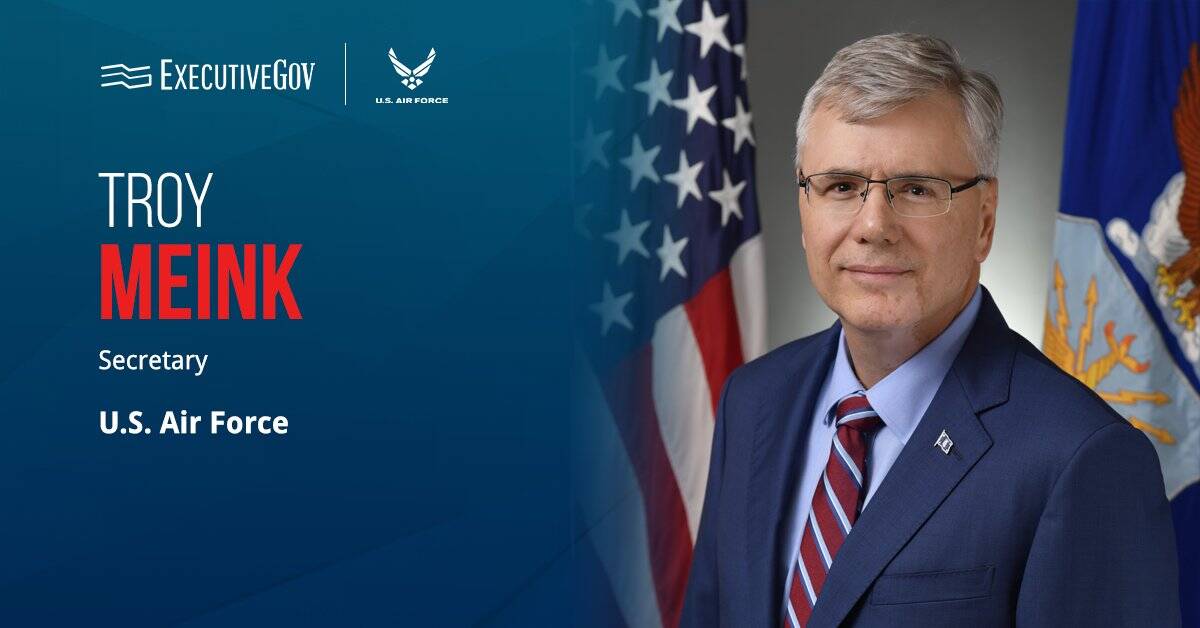
President Trump intends to nominate Stephen Dickson, a former senior vice president for flight operations at Delta Air Lines, as administrator of the Federal Aviation Administration for five years and chairman of the Department of Transportation’s air traffic services committee.
Dickson is a retired U.S. Air Force officer and flew the B737, B727, B757, B767 and F-15 aircraft units during his tenure at the service branch, the White House said Tuesday. He chaired federal advisory organizations and industry stakeholder groups and pushed for commercial air safety initiatives.
Dickson is a graduate of the Georgia State University and a member of the 1979 class of the U.S. Air Force Academy.





